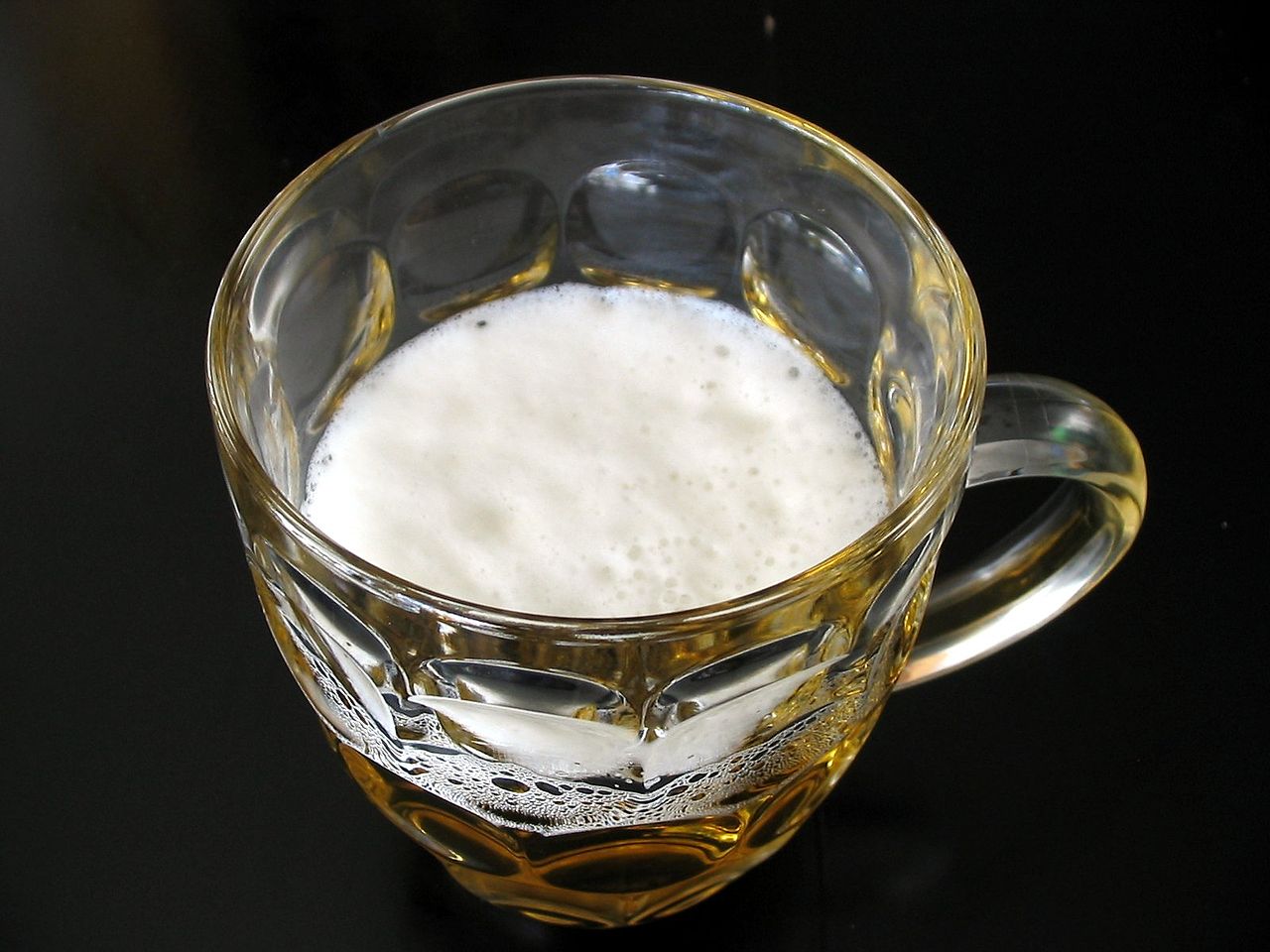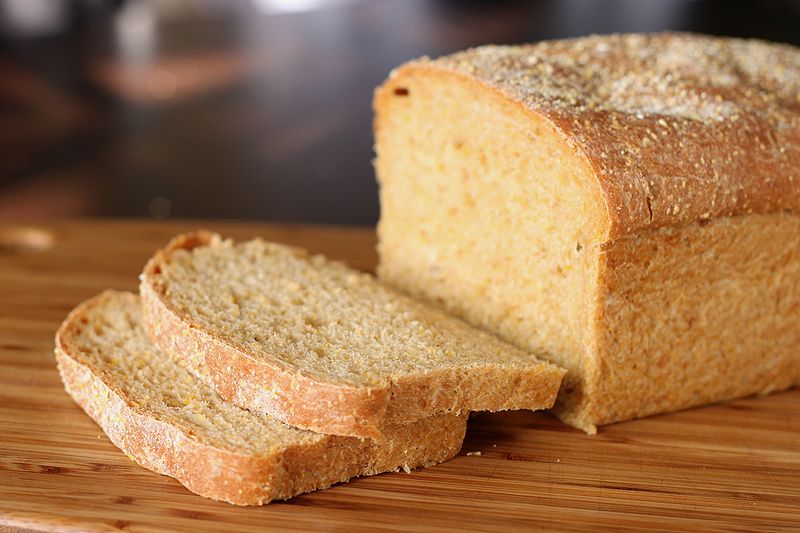The adorable, always humorous MBA Jane is my way of honoring our Sisterhood Merit Badge program, now with 6,399 dues-paying members who have earned an amazing number of merit badges so far—9,095 total! Take it away, MBA Jane!!! MJ
Wondering who I am? I’m Merit Badge Awardee Jane (MBA Jane for short). In my former life …
For this week’s Farm Kitchen/Bread Making Intermediate Level Merit Badge, I learned all sorts of fascinating things. In fact, you could retitle this post “Everything You Always Wanted to Know About Yeast, But Were Afraid to Ask”! Not to be confused with the lesser known literary classic, “Everything I Learned About Yeast, I Learned in Kindergarten.” Or “Chicken Soup for the Yeast Lover’s Soul.”
I digress.
Here’s a charming little quote about yeast (or as we in the know like to call it, Saccharomyces Cerevisae):
“Sacchar means sugar-loving or feeding, myces means mold, and cerevisae is a word once used for beer.”
– The San Francisco Baking Institute
Mmmm, sugar-lovin’ moldy beer.

Photo by Tomasz Sienicki via Wikimedia Commons
Huh?
So, I dug a little deeper. Here are few other intriguing tidbits about yeast (tighten your stampede straps, girls):
There are basically two types of yeast: wild and commercial. Commercial is the kind you’re used to, most likely, while wild can only be found in zoos. (Ha ha, just a little baker’s humor there.)
For baking, there are three types of yeast: instant, active dry, and fresh baker’s. Active dry is quite common, and simply needs a nice, warm bath to rehydrate itself (much like me after a long day). Instant is flakier, and it can be added right into the dough. (Nice for beginning bakers, or those who have a fear of yeast. Yeastaphobia, we call it.) Fresh baker’s yeast comes in a cake or tablet form and has a shorter shelf life, so this is the least popular kind for the common cook.
Different strains and kinds of yeast can be found nearly everywhere in the environment; we’re talking on the fuzzy skins of fruits of berries, inside the bellies of honeybees, in the gut floral of mammals and insects, growing on cacti and other plants, between your toes, and let’s not even talk about that every-few-year-visit to the doctor us ladies make. Yeah, there’s no badge for that one, Madge.
Yeast is used in the making of not only alcoholic beverages such as beer and wine, but in the making of root beer and other sweet, carbonated drinks, and in kombucha and kefir.
And now, to be confusing, health-food enthusiasts love something called nutritional yeast (not for baking) sprinkled on their popcorn, or used in place of parmesan.
Brewers’ yeast extract is the main ingredient in the popular Australian food, Vegemite. You know, the land down under? Where women glow and men plunder? Sorry. Sometimes I slip into Men at Work lyrics when I least expect it.
The next part of earning my badge was to make two different types of bread, and then remaking one using a different type of yeast, or substituting baking soda or baking powder instead. Good thing I’m hungry. (The sacrifices I make earning badges. Munch, munch.) I went with Anadama Bread, later substituting baking soda in place of yeast.

Photo by Stacy via Wikimedia Commons





















































I love making bread and taught myself how to do it years ago. There is nothing better, but like sewing, if you don’t do it frequently, you can get a not so great outcome. I keep reminding myself I need to set up a regular routine to make bread and stick with it. Alas, I have not done so, but this post is a good reminder to get with it and just START. The rewards are so worth it!
I made Anadama bread today too! I love making bread 🙂